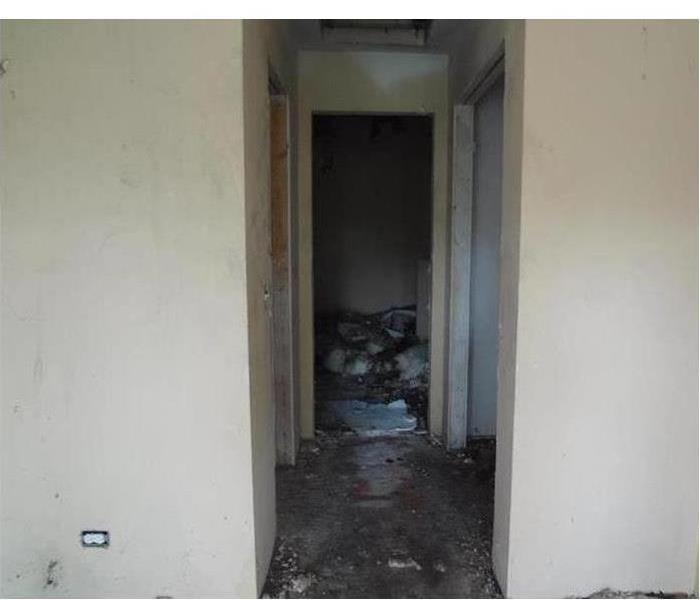Black Mold: What Is It and How To Remediate It
3/6/2019 (Permalink)
How To Manage Mold
A mold inspection can be nerve-wracking because you have to wait and see how manageable and expensive the remediation process is going to be. Most house mold, while invasive and costly, is not necessarily toxic. However, some mold is toxic and should never be handled without the proper gear and precautions.
1. Toxic Black Mold
It is necessary to say that simply because a mold is black does not mean it is toxic. The toxic kind is actually called Stachybotrys and should be handled by a remediation specialist. Toxic mold can present a significant health risk, demanding the use of specific safety measures.
2. Appearance
There is no visual way to determine if the mold in your home is toxic. You will need a mold inspection to make that assessment. However, you can determine if you are dealing with mold or mildew. Mold is typically textured and fuzzy in appearance. Mildew, alternatively, is flat, appearing as a surface stain.
3. Common Locations
Mold requires damp locations, which is why the most humid areas of your home are the most likely to acquire mold problems. Check basements, attics, bathrooms, laundry rooms and kitchens first, if you suspect a mold issue.
4. Professional Remediation
While some levels of mold infestations can be handled on your own, it is often better to hire a mold remediation specialist in the Carpentersville, IL, area. These professionals have the proper certifications and knowledge of mold varieties and safety procedures to ensure your home returns to normal.
While a mold inspection can produce anxious feelings, it is for the best when you suspect a mold problem. The number of species means that your home could be infested with something toxic, and it is always better to know. Therefore, have an inspection and seek out the advice of a remediation specialist in the necessary steps to combat your potential mold problem.

 24/7 Emergency Service
24/7 Emergency Service
